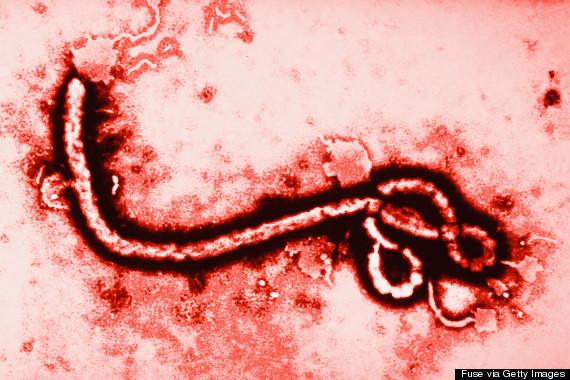International Concerns of Ebola
Lately there has been a widespread panic due to the recent outbreak of the Ebola virus, a fear that is certainly justified. According to CNN, this incurable virus has a mortality rate of 50%. However, this highly contagious disease is not yet airborne. Ebola is transmitted to people from wild animals, and spread as a result of human to human contact.
Muscle aches and pains, severe headaches, fever, weakness or fatigue, vomiting, abdominal pain, and unexplained bleeding or bruising are all symptoms of Ebola; they can appear anywhere in between two and twenty one days after coming into contact with the virus.
CBS states, “Each potential patient leaves about eight 55-gallon barrels of hazardous material each day.” All this waste is due to body fluids and any other material they come in contact with must be disposed of immediately.
There’s no cure yet for this disease, however there are two vaccines in progress. The first is still in the testing stage while the second has advanced to human trials. According to Dr. Marie Paule Kieny in a recent CNN article,“It is nearly impossible to get Ebola from the vaccines because they do not contain enough of the virus’s genetic material but there is no vaccine that has no side effects at all.”
According to the CDC, the potential for a wide-scale outbreak in the United States is very low. Organizations are working on isolating anyone who was infected with Ebola, as well as contacting anyone who has been exposed to the virus.
Patients are constantly being monitored as symptoms progress. Anyone traveling from a country with a high Ebola rate such as Sierra Leone, Liberia, and Guinea are only permitted to land in one of five airports with enhanced Ebola screening. The CDC goes on to state that in the past, the U.S. successfully handled five cases of Viral Hemorrhagic Fever, a virus that was very similar to Ebola, without the occurrence of an outbreak.






